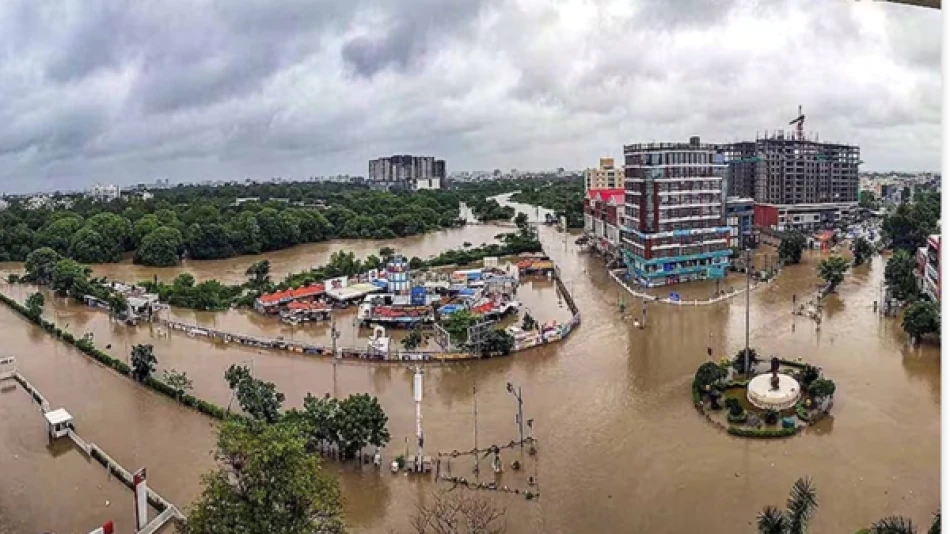
Dramatic Rescue Amid India Floods: Hundreds Saved from Submerged Regions
Monsoon Floods Force Mass Evacuations in Kashmir as India's Disaster Response System Faces Critical Test
Hundreds of residents were evacuated from riverbanks and low-lying areas in India's Jammu and Samba districts on Tuesday as torrential monsoon rains triggered severe flooding across the region. The emergency response has mobilized the Indian Army, national disaster management agencies, and local authorities in what represents one of the most significant flood emergencies in Kashmir this season.
Scale of the Emergency Response
The flooding prompted a coordinated rescue operation involving multiple agencies. The Indian Army deployed alongside the National Disaster Response Force (NDRF) and the Community Development Research Foundation to respond to distress calls across the affected regions. Emergency boats were dispatched to the Gandhi Memorial Science College area in Jammu city to rescue stranded students and families trapped in surrounding neighborhoods.
The swift deployment of resources highlights India's enhanced disaster preparedness protocols, developed after devastating floods in Kashmir in 2014 that killed over 280 people and caused billions in damages.
Monsoon Patterns and Regional Vulnerability
The current flooding reflects broader challenges facing the Kashmir valley during monsoon season. The region's geography—characterized by river valleys and low-lying urban areas—makes it particularly susceptible to flash flooding when rivers overflow their banks.
Infrastructure Under Pressure
Jammu and Samba districts have experienced rapid urbanization in recent decades, with construction in flood-prone areas increasing vulnerability. The evacuation of students from educational institutions underscores how critical infrastructure, including schools and colleges, remains at risk during extreme weather events.
India's Evolving Disaster Management Strategy
The coordinated response demonstrates significant improvements in India's disaster management capabilities since the 2004 Indian Ocean tsunami. The NDRF, established in 2006, has become a cornerstone of the country's emergency response framework, with specialized flood rescue teams stationed across vulnerable regions.
The involvement of community development organizations alongside military and federal agencies represents a shift toward more inclusive disaster response, recognizing that local knowledge and community networks are essential for effective evacuations and relief operations.
Economic and Social Impact
Beyond immediate safety concerns, such flooding events carry substantial economic consequences for the region. Kashmir's tourism industry, a vital economic driver, faces disruption during monsoon-related emergencies. Agricultural areas in Jammu and Samba districts also risk crop damage, potentially affecting food security and farmer livelihoods.
The evacuation operations, while necessary for public safety, strain government resources and highlight the ongoing need for improved flood management infrastructure. Investment in early warning systems, flood barriers, and resilient urban planning will be crucial for reducing future emergency response costs and protecting vulnerable communities.
 Layla Al Mansoori
Layla Al Mansoori







